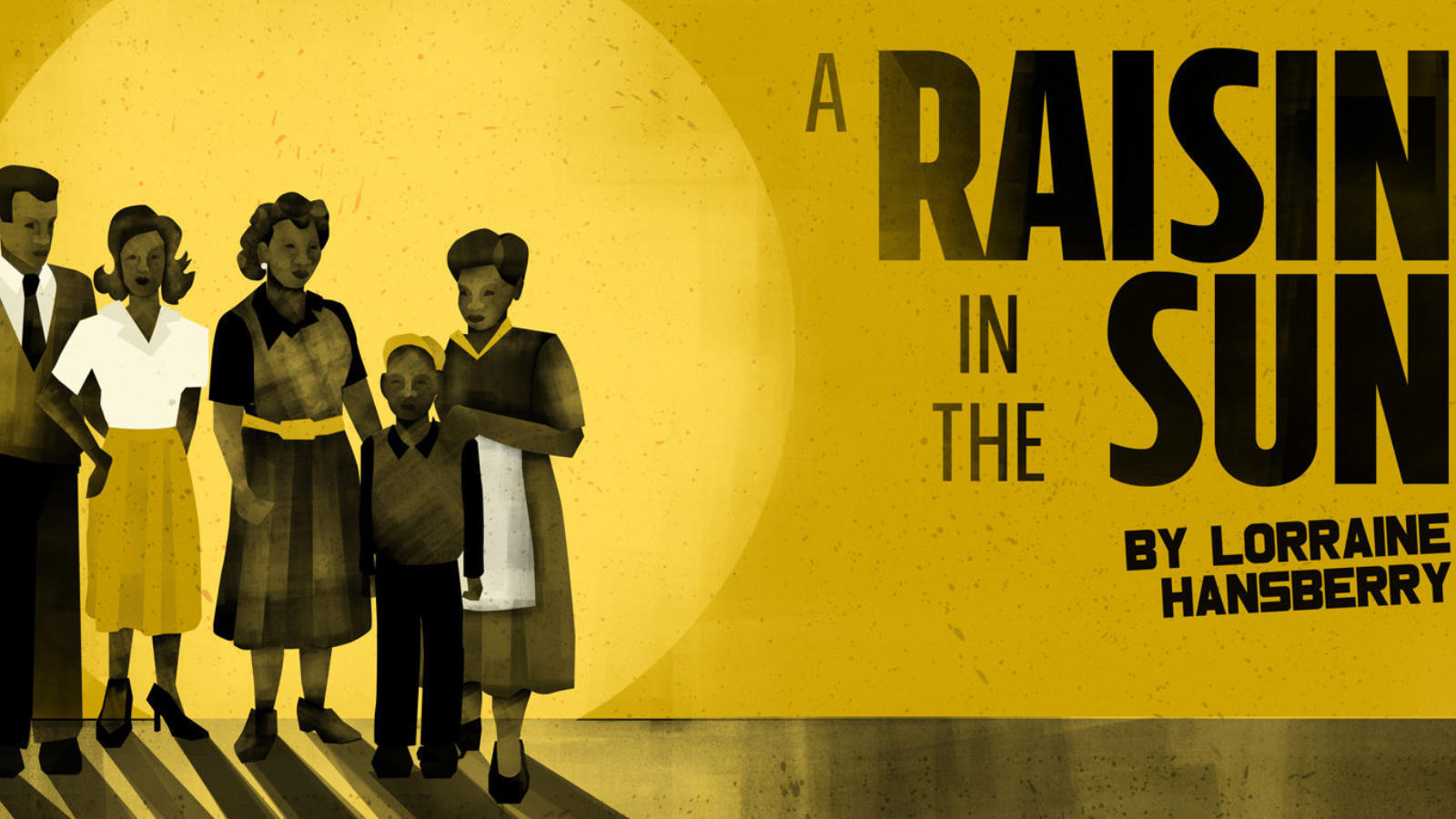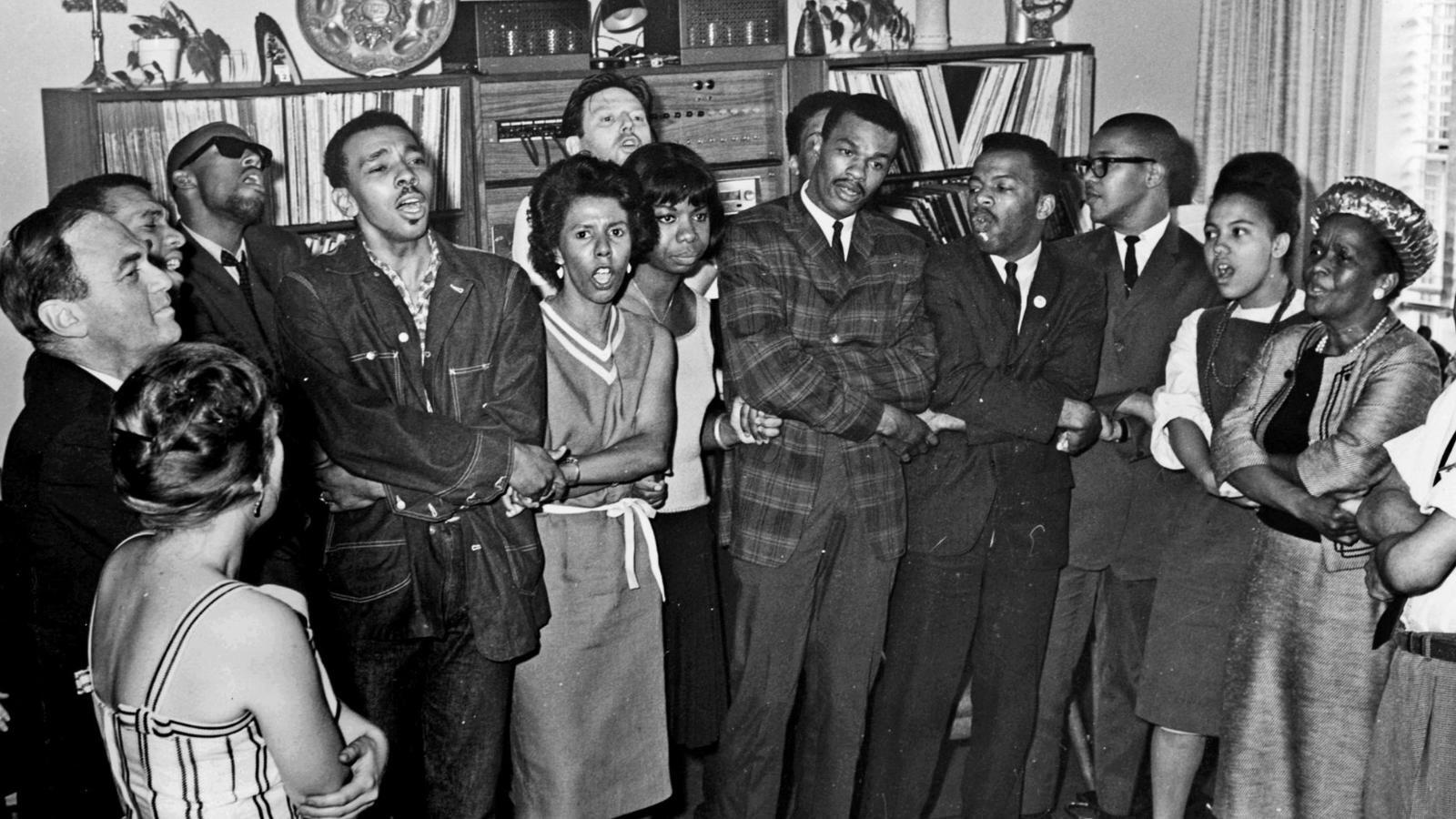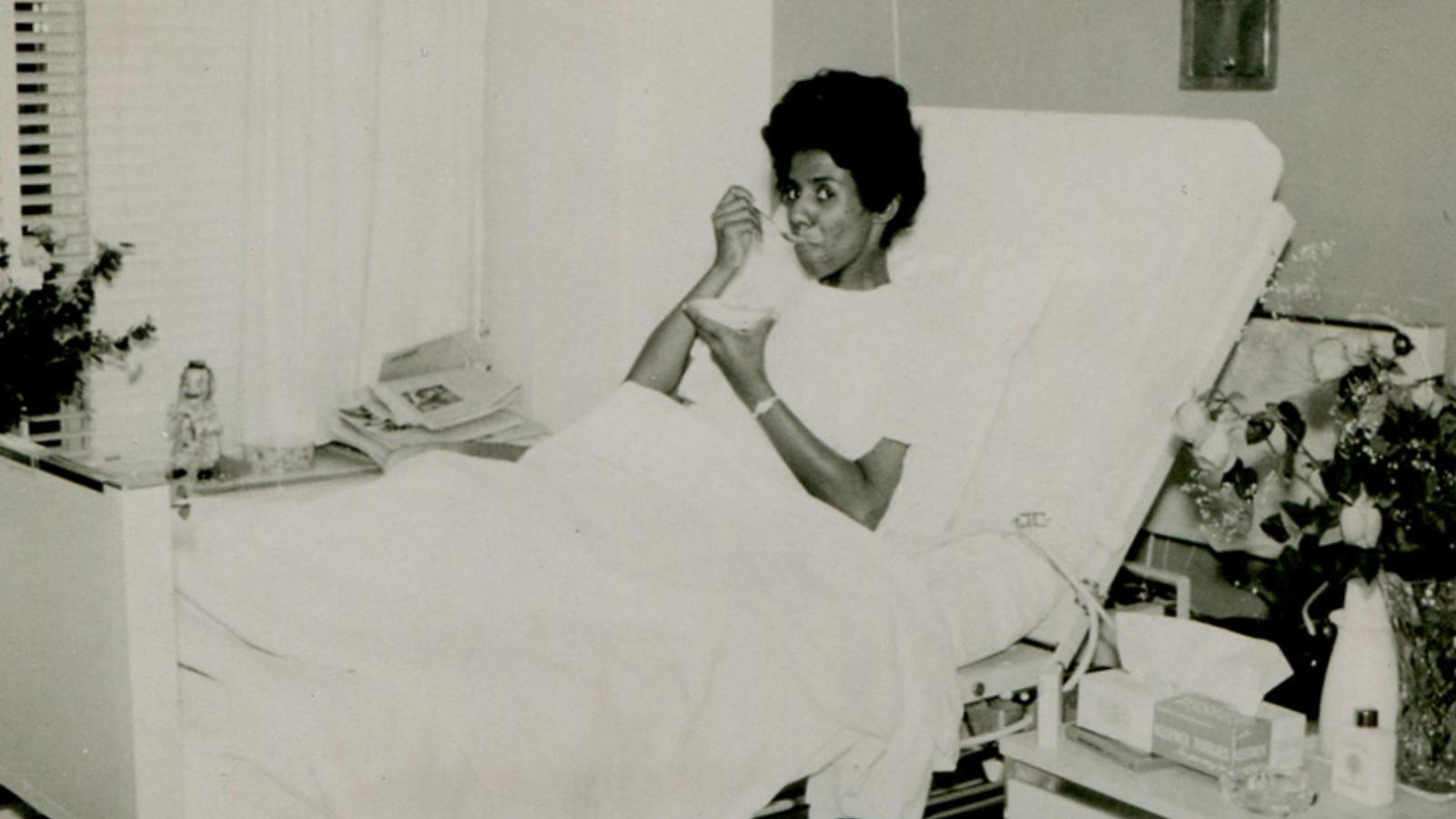Stories
To be young, gifted and black: Lorraine Hansberry
The playwright who inspired Martin Luther King and Nina Simone.
Stephanie Wong | 10 May 2018

Lorraine Hansberry, Pioneer African American Playwright 1960. Image credit: Thought.Co..
Martin Luther King called her inspirational and Nina Simone wrote a song about her. At 29, Lorraine Hansberry was the first African-American woman to have a play produced on Broadway, with A Raisin in the Sun.
A Raisin in the Sun

In her mid-twenties, Lorraine Hansberry wrote a play about a black family living under racial segregation in Chicago: A Raisin in the Sun. Opening on March 11, 1959, it was the first play written by an African American woman to be produced on Broadway. She became the youngest American playwright and only the fifth woman to receive the New York Drama Critics Circle Award for Best Play. Over the following two years, A Raisin in the Sun would be translated into 35 languages and performed all over the world.
I had never in my life seen so many black people in the theatre. And the reason was that never before, in the entire history of the American theatre, had so much of the truth of black peoples lives been seen on the stage. Black people had ignored the theatre because the theatre had always ignored them.
Childhood
Lorraine Hansberry was born into a middle-class family. The youngest of four children, her father was Carl Augustus Hansberry; a successful real-estate broker. Lorraines mother, Nannie Louise was a driving school teacher and ward committeewoman.
Growing up, Lorraines home was busy with prominent Black intellectuals coming to visit her parents: including W.E.B. Du Bois and Paul Robeson. Her upbringing taught her;
Above all, there were two things which were never to be betrayed: the family and the race.
In 1938, her father bought a house in Chicago in an all-white neighbourhood. Residents tried to force the Hansberrys out; first through violence and then the courts. It escalated to the U.S. Supreme Courts decision in Hansberry v. Lee: the Hansberrys won.
The success in the courts did not stop the violence. One of Lorraines vivid childhood memories was avoiding a rock crashing through her window, almost hitting her head.
Her father died in 1946 when Lorraine was fifteen years old. She said,
American racism helped kill him.
Writing
Despite her middle-class upbringing, Lorraine was exposed to the poverty and discrimination suffered by black folks in America. Through her writing, she wanted to lift up the people she experienced in her neighbourhood: ordinary, brilliant black men and women who lived their days with resilience, courage and dignity.
The most ordinary human being is capable of the most profundity.
After university, Lorraine moved to New York City and worked at the Pan-Africanist newspaper Freedom. A lot of her work spoke through the voices of women activists, focusing on the African struggle for liberation and their impact on the world. Sexual freedom was a focus of several of her works. After divorcing her husband, she went on to have loving relationships with women. An active gay rights activist, Lorraine was also a contributor to the lesbian magazine The Ladder.
The Black Struggle

Lorraine had a profound faith in the possibility of people. She worked tirelessly in the black struggle and used her privilege and platform to share voice with the people she loved most; the black community.
Blacks must concern themselves with every single means of struggle: legal, illegal, passive, active, violent and non-violent They must harass, debate, petition, give money to court struggles, sit-in, lie-down, strike, boycott, sing hymns, pray on stepsand shoot from their windows when the racists come cruising through their communities.
Gone too soon

I sit at this desk for hours and hours and sharpen pencils and smoke cigarettes I begin to think more and more of doing something else with my life while I am still young. I mean, almost anythingdriving an ambulance in Angola or running a ski lodge in upstate New York, instead of this endless struggle. I expect the theatre will kill me.
On July 29, 1964, Lorraine wrote in her diary:
Health: not good. Continue to lose weight. Down to 107. Frankly, things look rather poor. But the truth is that I am so tired of hurting at this point that I wouldnt mind something rather drastic. I dont mean operations. I do mean death. I feel as if I am being sucked away.
Lorraine was ill with cancer in 1963 and died on January 12, 1965, at the age of 34. Over 600 people attended her funeral in Harlem. Messages were read from Martin Luther King Jr., Malcolm X and James Baldwin; Paul Robeson, Ruby Dee, Nina Simone all spoke at her funeral.
It is not at all farfetched to suspect that what she saw contributed to the strain which killed her, for the effort to which Lorraine was dedicated is more than enough to kill a man.
Harlem
The highest gift man has is art and I am audacious enough to consider myself an artist.
Most people believed A Raisin in the Sun, a play about African Americans families would be a disaster. Instead, it ran on Broadway for 19 months. The title of the play was taken from the poem Harlem by Langston Hughes.
What happens to a dream deferred?
Does it dry up like a raisin in the sun?
Or fester like a sore And then run?
Does it stink like rotten meat?
Or crust and sugar over like a syrupy sweet?
Maybe it just sags like a heavy load.Or does it explode?
To honour this beautiful, powerful spirit here is the incredible Nina Simone with Young, Gifted and Black.
"To Be Young, Gifted & Black" performed by Nina Simone